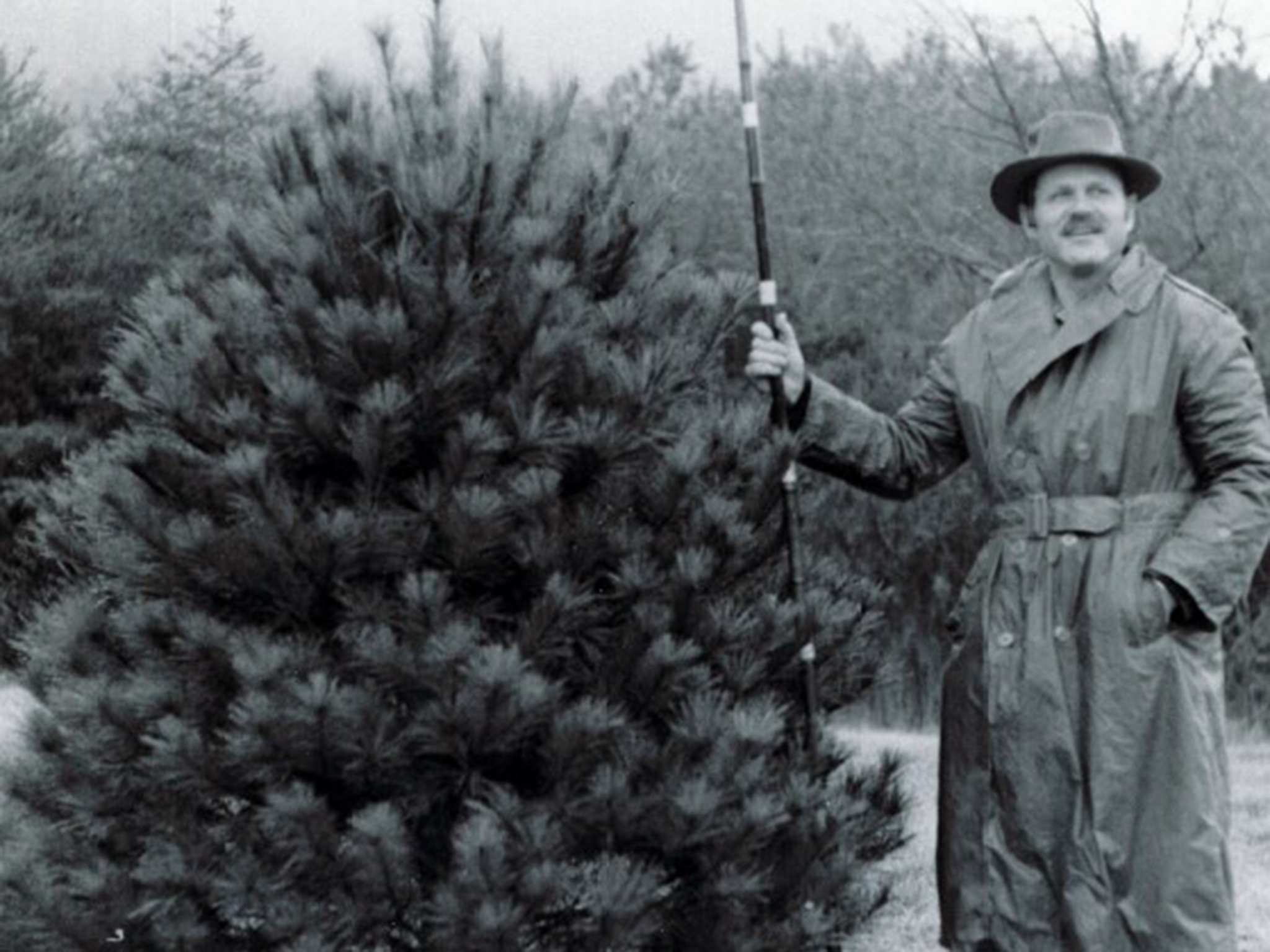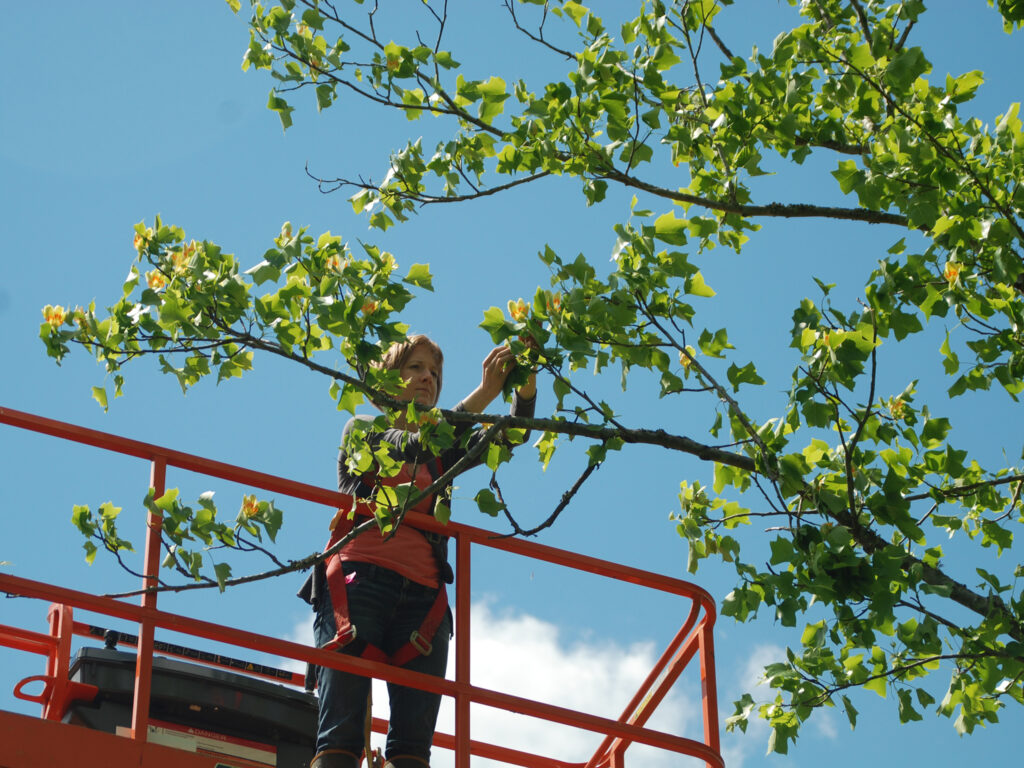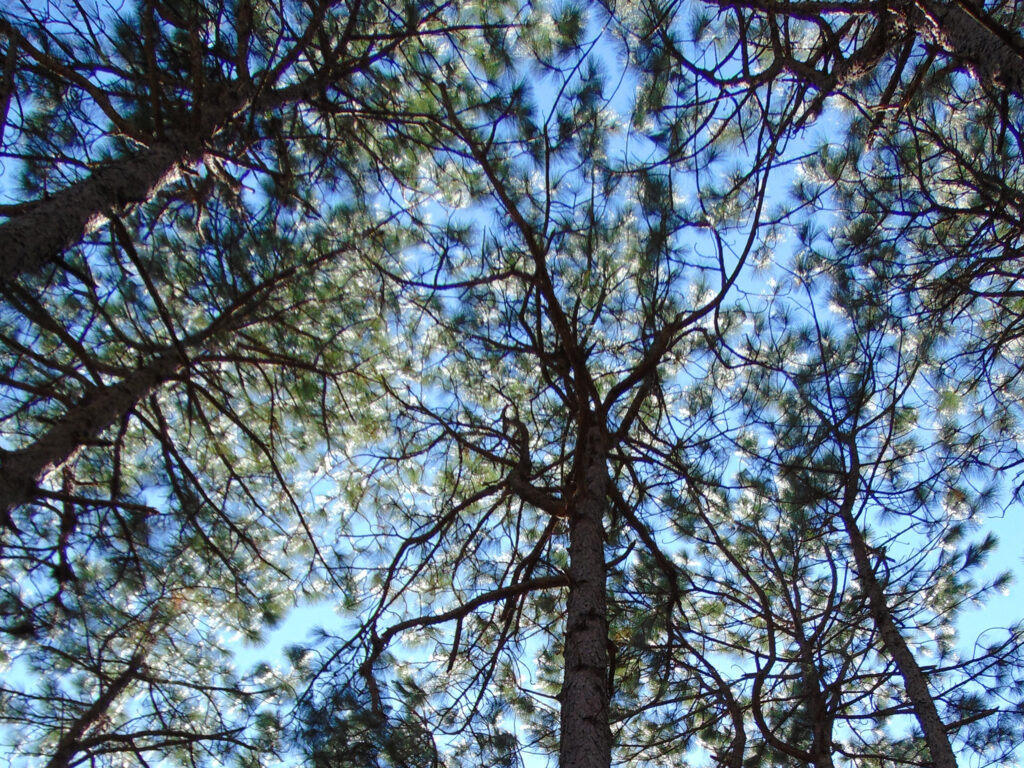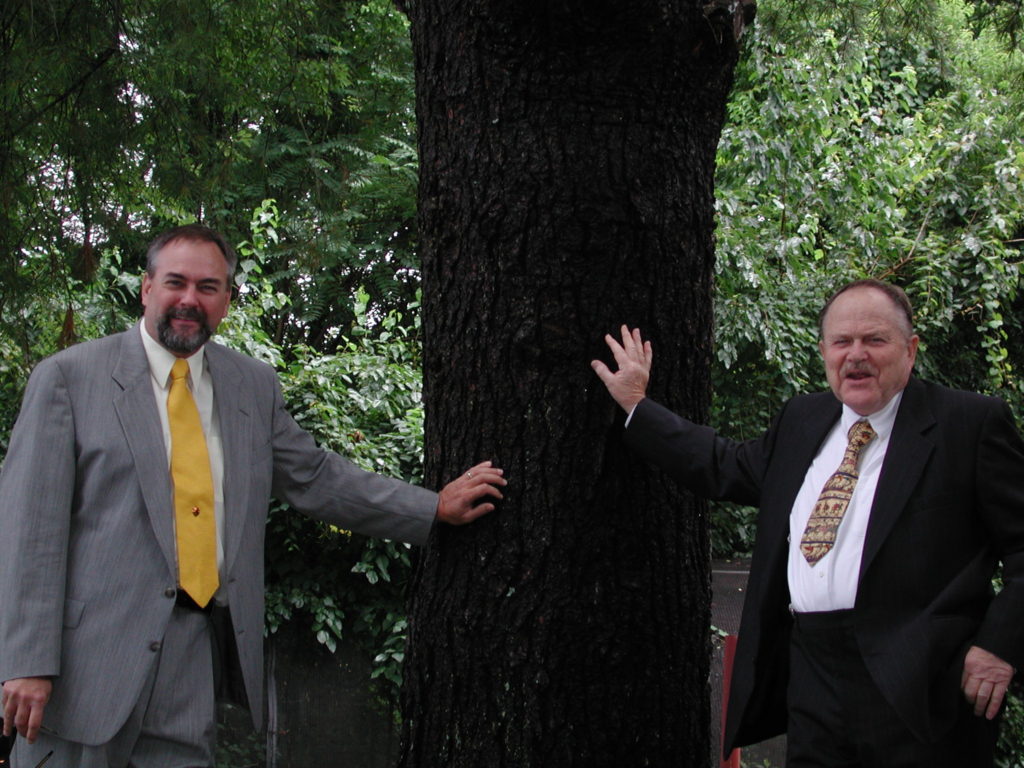Tree Improvement research began at the University of Tennessee in 1959, when Professor Eyvind Thor initiated a research program within the Tennessee Agricultural Experiment Station (UT-TIP). He established a number of tests that compared native species for growth and development and established a large experiment at the Forest Resources AgResearch and Education Center (REC), Highland Rim Forest near Tullahoma, TN to contrast the growth of native North American pine with nonnative species from around the world for commercial wood production. He found no benefit to growing nonnative species for lumber or pulp production in Tennessee. As a result, he established breeding orchards using eastern white pine, loblolly pine, and yellow-poplar grafts at the East Tennessee REC, Plant Sciences Unit. In addition, he also established progeny tests at various locations in Tennessee.




Professor Thor also initiated a basic and applied research program to restore the American chestnut. Chestnuts were once common in Tennessee forests, but populations on wetter sites were decimated by a nonnative root rot disease in the late 1800s, followed by decimation of upland populations by another nonnative disease, chestnut blight. In the early 1960’s, there were still a few surviving American chestnut trees in forests. Professor Thor grafted these trees and began a breeding and testing program to build suitable resistance to chestnut blight in pure American chestnut for future restoration. Concurrently, he developed an assay procedure to detect resistance at an early age.
The Tennessee Division of Forestry (now Tennessee Department of Agriculture, Forestry – TDF) initiated a tree improvement program in 1964, in part for technology transfer of knowledge and genetic materials from the UT-TIP to the TDF program. To ensure a smooth transfer, Professor Thor and TDF developed a Memorandum of Understanding in 1966, which defines an official partnership and continues to present day.
Tennessee land ownership is dominated by owners with small tracts of land that are 250 acres or less. For some landowners, trees planting for timber production is less appealing than a tree crop with a shorter rotation age. Thus, Professor Thor established tests of various coniferous species managed for Christmas tree production. At that time, Christmas tree farms were not common in Tennessee. As a result of Thor’s and several prominent growers’ efforts, Christmas tree growing became an established industry in Tennessee.
Professor Thor retired in 1982 and was succeeded by Professor Scott E. Schlarbaum in 1984. Professor emeritus Thor continued to live in Knoxville for many years, moving to Banner Elk, NC shortly before his death in 2014. Throughout the remainder of his life, he provided welcome advice and support to Professor Schlarbaum. Today’s UT Tree Improvement Program is built on the very firm foundation Professor Thor laid during his tenure at the University of Tennessee.
